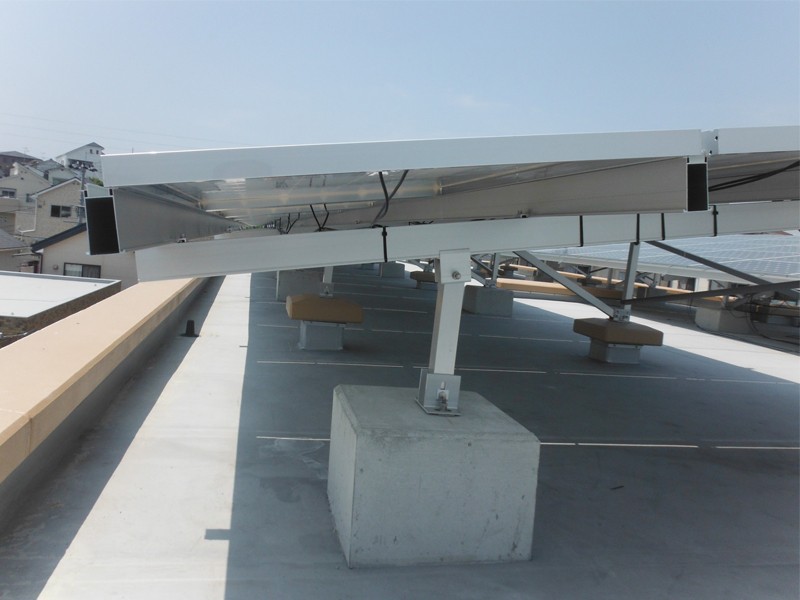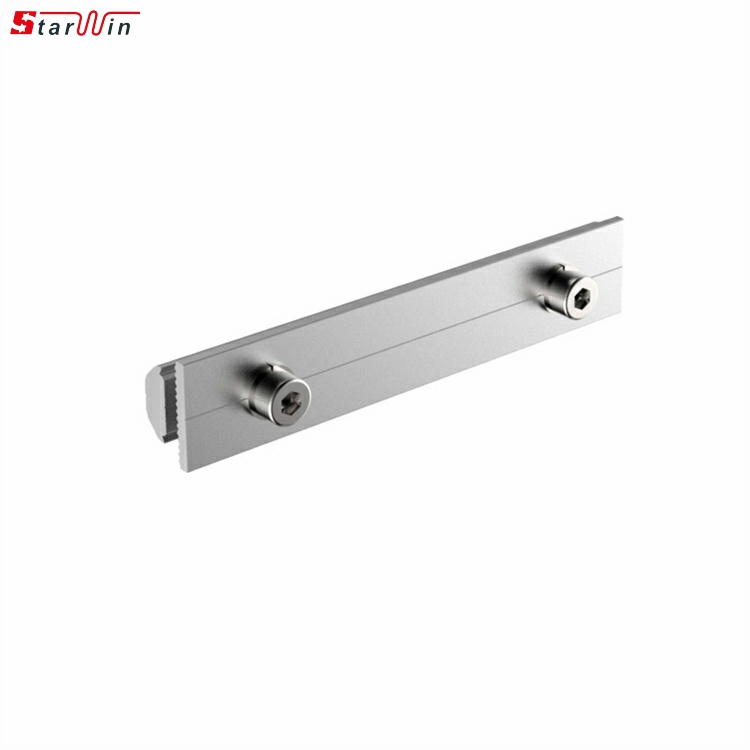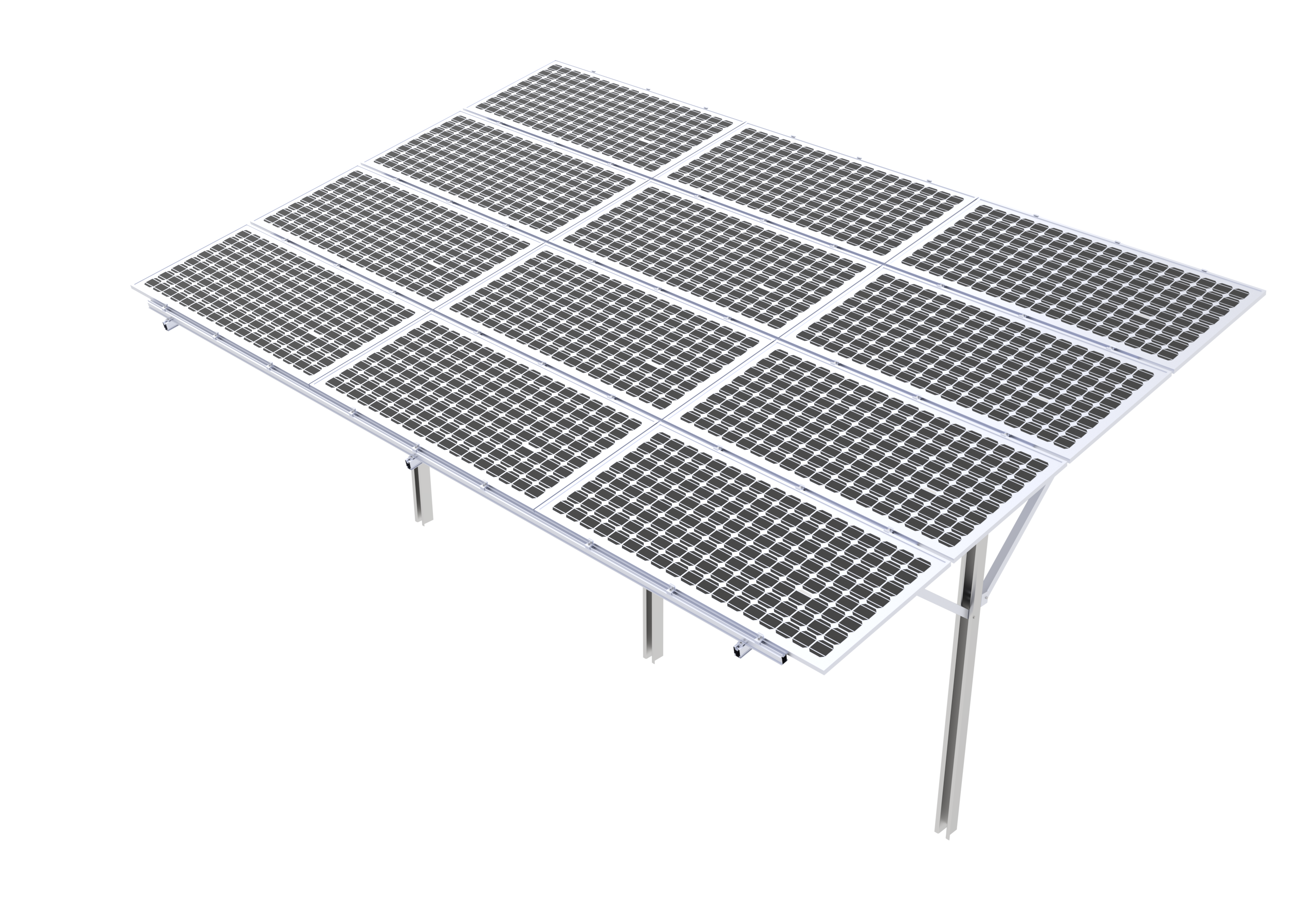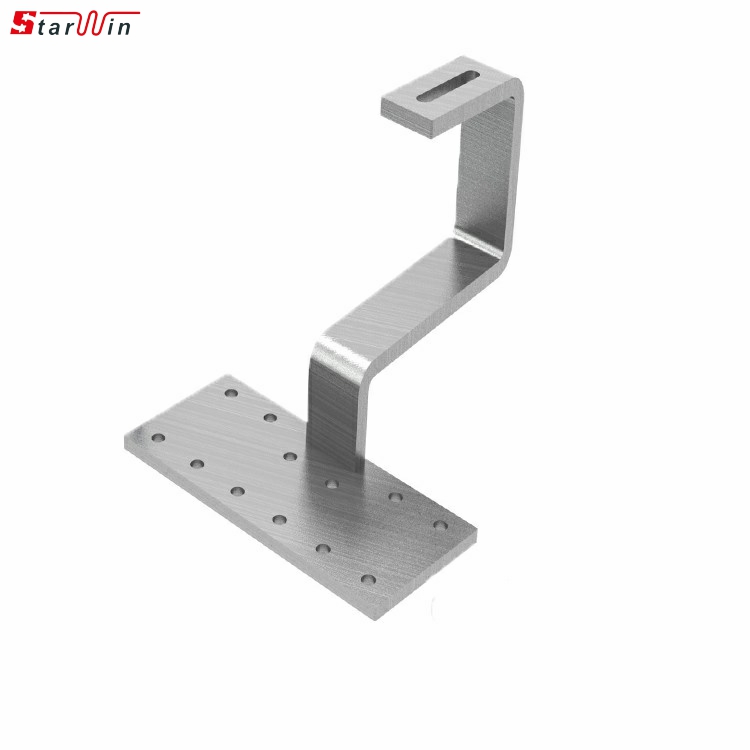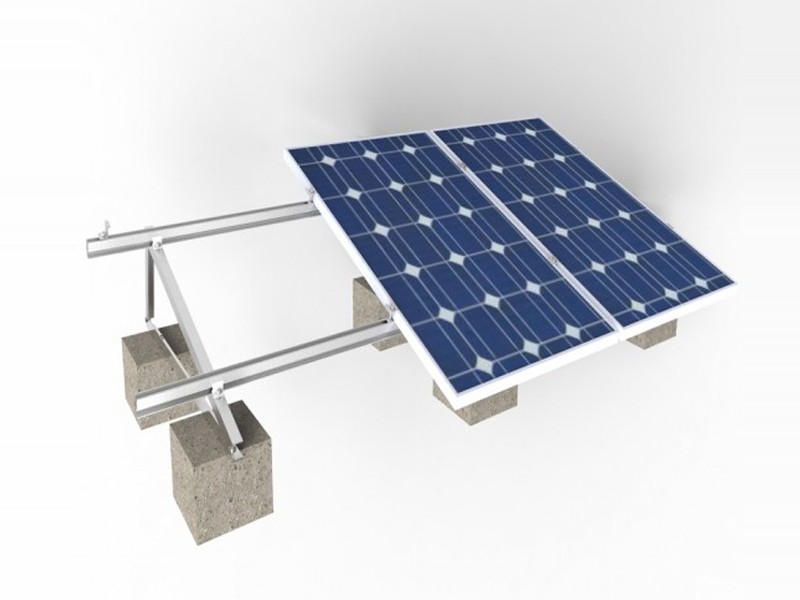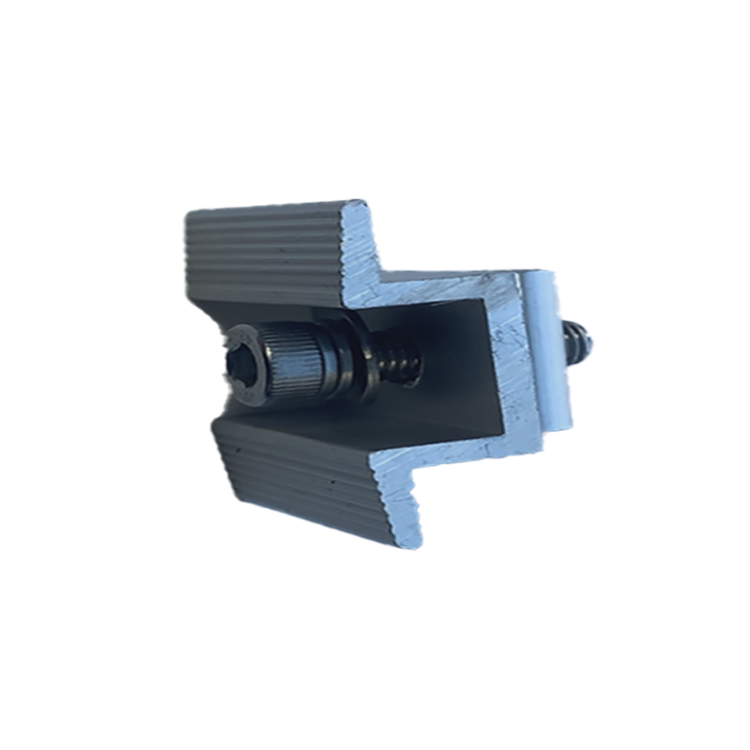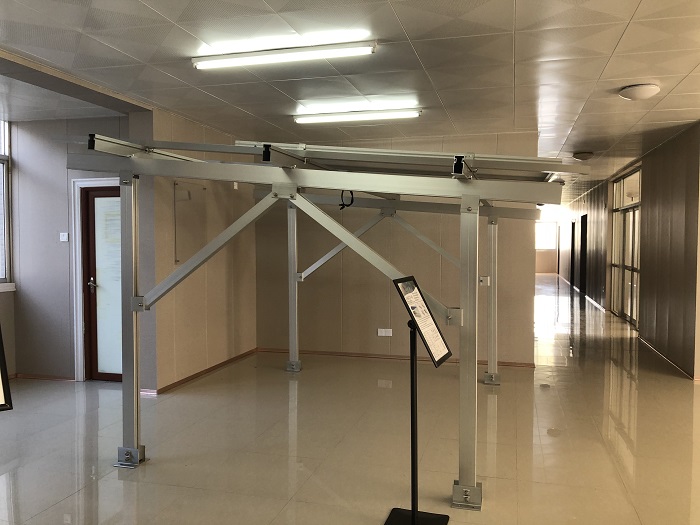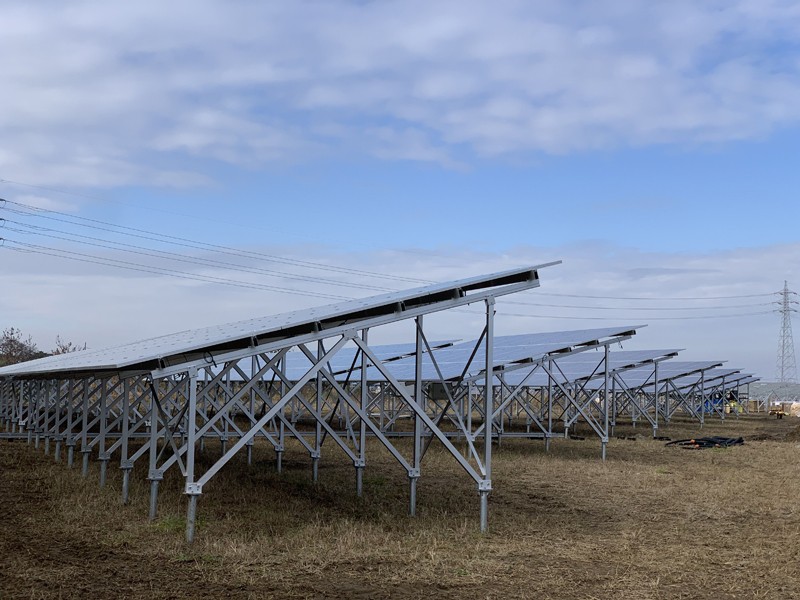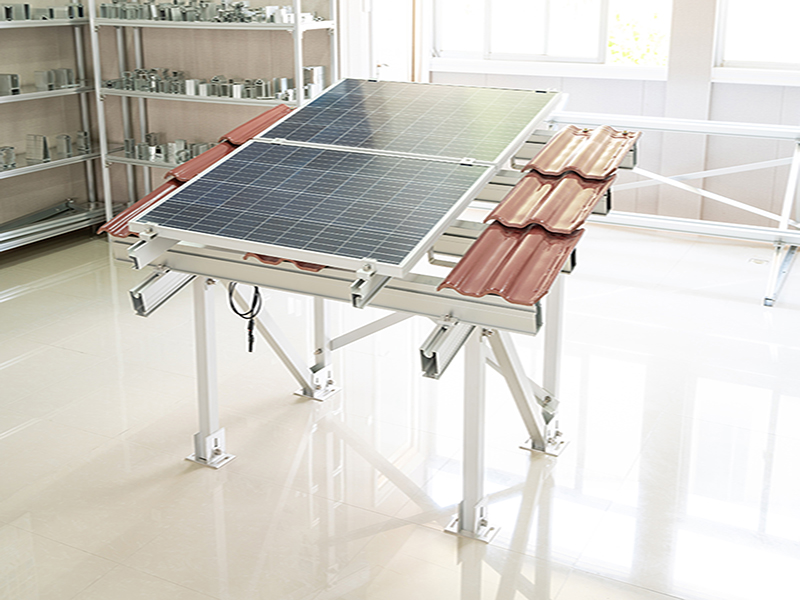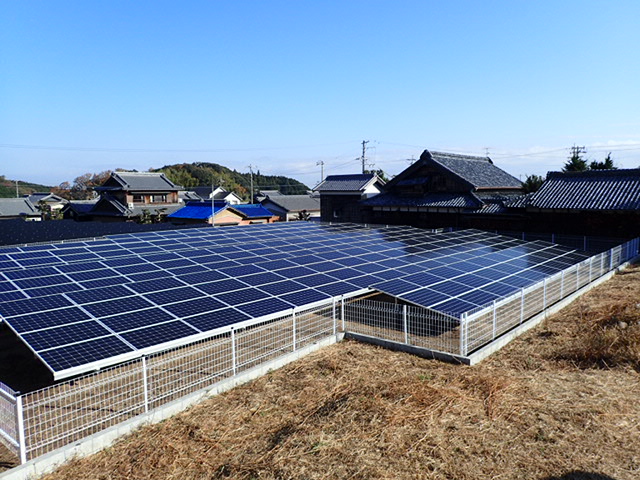A Comprehensive Guide to Solar Ground Mounting Structures: Key Considerations and Benefits
Introduction:
The demand for solar energy has seen significant growth over the past decade, driven by the need for renewable energy solutions and cost-effective alternatives to traditional power sources. A critical component of any solar power system is the ground mounted solar structure, which plays a crucial role in securing solar panels and ensuring they operate at maximum efficiency. In this guide, we will delve into the importance of ground mounting structures, explore the various types available, and discuss the factors to consider when selecting the right system for your project. Whether you are looking to install a residential solar system or a large-scale commercial array, understanding solar ground mounting structures is essential.
For more information on high-quality solar ground mount systems, visit Starwin Solar's Ground Mounting System page.
What Are Solar Ground Mounting Structures?
A solar ground mounting system is designed to support solar panels on the ground, as opposed to roof-mounted systems. These structures elevate the solar panels to a fixed position, optimizing their angle to maximize exposure to sunlight. Solar ground mounts are widely used for large installations and can be customized for various terrains and site conditions.
Types of Solar Ground Mounting Systems:
Fixed Ground Mounts: These are the most straightforward type of solar ground mounting system. Fixed ground mounts are permanently positioned and typically offer a stable, long-term solution. They are best for locations with a consistent and reliable amount of sunlight year-round.
Adjustable Ground Mounts: These structures allow for manual or automatic adjustment of the angle of the solar panels. This feature is beneficial for areas that experience seasonal variations in sunlight, as it maximizes energy production throughout the year.
Key Benefits of Solar Ground Mounting Systems
When planning to install a solar power system, one of the first decisions you'll make is choosing the mounting structure. Solar ground mounts offer several advantages over other types of mounts.
Stability and Durability
Ground mounting systems are designed to withstand harsh weather conditions, including high winds and heavy snow. Due to their fixed and robust nature, these mounts provide a stable platform for solar panels, ensuring long-term durability and minimal maintenance. They are especially ideal for commercial solar installations, where the demand for reliability is critical.
Flexibility in Placement
Unlike roof-mounted solar systems, ground mount systems offer greater flexibility in terms of placement. This is especially important for large-scale projects where optimizing panel layout for maximum sunlight exposure is key. Whether you have a large plot of land or a specific directional need, solar ground mounts can be adjusted to suit your space.
Choosing the Right Solar Ground Mount System for Your Project
When selecting a solar ground mounting structure, it's essential to consider several factors to ensure you choose the most suitable solution for your needs.
Terrain and Site Conditions
The topography of your land can influence the type of mounting system you choose. For flat terrain, a fixed ground mount may suffice. However, for sloped or uneven land, adjustable or specialized mounts may be necessary to ensure optimal panel orientation.
Installation Costs and Maintenance
Although ground-mounted systems may incur higher installation costs compared to roof mounts, they often require less maintenance. These systems are easier to access, which can make routine maintenance and cleaning tasks more straightforward, contributing to long-term cost savings.
Key Considerations When Installing Solar Ground Mounts
The installation of solar ground mounts requires careful planning and attention to detail. Here are some crucial points to consider before beginning your installation.
Foundation Requirements
The foundation of the ground mount system is critical to its stability. Whether you opt for a concrete foundation, a post-driven system, or a ballasted system, the foundation must be durable enough to hold the panels securely in place under all weather conditions. The choice of foundation will depend on soil conditions, the weight of the system, and environmental factors.
Permits and Regulations
Before installing a solar ground mounting system, it's essential to check local building codes and obtain the necessary permits. Regulations may vary depending on your location, and failure to comply can lead to costly fines or delays in your project.
Why Choose Starwin Solar Ground Mounting Systems?
Starwin Solar offers a comprehensive range of solar ground mounting systems designed for both residential and commercial applications. Their high-quality, durable systems are engineered to provide maximum energy production while minimizing maintenance costs. With a focus on stability, flexibility, and ease of installation, Starwin Solar is a trusted partner for solar projects of all sizes.
For a closer look at our solar ground mount products, visit Starwin Solar's Ground Mounting System page.
Conclusion:
Solar ground mounting systems offer an efficient and durable solution for securing solar panels, particularly for large-scale solar installations. With benefits such as flexibility in placement, ease of maintenance, and enhanced stability, they are becoming the go-to choice for many solar energy projects. By carefully considering your terrain, foundation needs, and installation costs, you can select the perfect ground mounting system for your project. For reliable and high-quality solar ground mounts, explore the solutions offered by Starwin Solar and take the next step toward a greener, more sustainable future.


